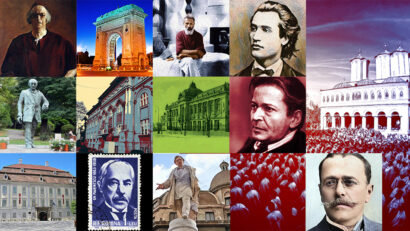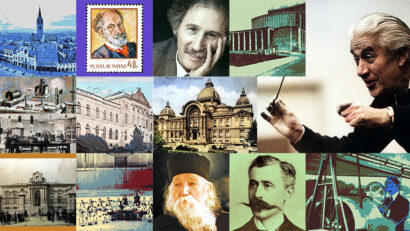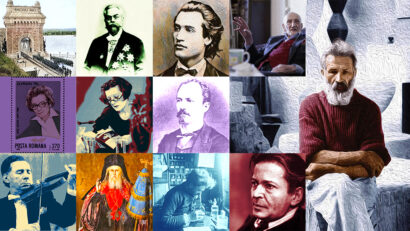Healthcare Services in the Countryside in the 19th Century
In the early 19th century, the Romanian Principalities of Wallachia and Moldova underwent a deep-going process of modernization, patterned on the Western model.

România Internațional, 23.05.2015, 15:05
In the early 19th century, the Romanian Principalities of Wallachia and Moldova underwent a deep-going process of modernization, patterned on the Western model. However, many of the well-established institutions in the West had not yet made their way into Romania. And they were not just political, economic or social institutions, specific to classic Liberalism, but also healthcare institutions. The United Principalities passed the first modern health law only in 1874. Prior to that, only big cities had a healthcare system, functioning under the Organic Regulation, a quasi-constitutional law dating back to 1831. The first medical evidence of the rural area emerged as early as the 1859 Union of the Romanian Principalities. Historian Constantin Barbulescu, the author of the book “The Romania of Physicians, has found among the documents of the time some reports that doctors had to file on the hygiene and health conditions of their patients.
“As early as 1860, the doctors guild or the group of medical professionals developed into a diversified and multi-layered body, with several categories of doctors. One of them included the so-called village doctors, which was a rather inadequate term, given that the first rural doctors covered a wider area as part of an older territorial division system. Carol Davila certified the rural doctor as an institution in 1862. That marked the appearance of the rural healthcare system proper. Before 1862, in Romanias healthcare system, there were no physicians to give peasants medical assistance. Once they reached the Romanian villages, doctors came across what the entire medical staff had come across, and also Romanias intellectual elite of that time: a sanitary and a hygienic disaster. Everybody looks into the same issues: body and clothing hygiene, household hygiene, peasants food, the issue of alcoholism and the issue of race degeneration. “
Such a horrendous image emerged as a stereotype which occurs in almost any type of text written by intellectuals in the 19th century. Yet to what extent such representations matched reality? And to what extent were they influenced by the West, which served as a model for the intellectuals of that time, including physicians, intellectuals who were wiling to bring the population of the principalities in line with the one in western Europe, and that as quickly as possible? Historian Constantin Barbulescu.
“When I read those texts, I first asked myself if they were genuine, if they showed the reality as it was or if it was about something else. I have not taken those descriptions word for word. I believe the discourse of physicians about peasants and the rural world is slightly ideologized and does not exactly reflect the reality. For instance, many of them said that peasants never washed their bodies or their clothes. And that is hard to believe, even for that period. So I wonder why physicians talked about peasants in that way. I have come up with several hypotheses. Firstly, I suppose the medical discourse describes the rural world in such negative terms not necessarily because the reality was that grim but because physicians wanted to make the political class sensitive to the peasants issues and thus help them get emancipated. That was the most important topic of the Romanian society at that time. Secondly, there was this huge gap between the physicians who had studied in Paris, Berlin or Vienna and the peasants in the villages of Moldavia and Oltenia. On the other hand, physicians not only described the rural world in dark colors but they also talked and wrote ironically about peasants.
The ardent desire for modernization in both rural and urban areas triggered a rapid synchronization in the Romanian Principalities, although imperfect in many ways. However, progress was still perceived at that time as being slow. Here is historian Constantin Barbulescu again.
“There is a progress in the rural world from the sanitary point of view, which was difficult to notice at that time. Reports were annual and the difference wasnt that big from one report to another. Time was short and changes usually take a longer time. In order to notice the difference, one should compare the reports of 1870 with those issued a decade later. Modernization gained momentum in the late 19th century and the early 20th century. The medical staff become more professional with visible results.






























